Kok-Djar. Industrial Quarry for the Extraction of Sand and Gravel Mixture
42.806693, 74.635656
Not all residents of the capital know that on the southeastern outskirts of Bishkek, between the 12th microdistrict and the village of Kok-Jar, there has been a quarry operating for many decades. From a great height, it appears as a massive pit. The aforementioned quarry is currently the only functioning one within the city limits. The developer is OJSC "Kum Shagyl." The quarry began operations in 1968. At that time, several enterprises worked there, which merged into one after the collapse of the USSR. The total area of the quarry is over 16 hectares. According to the State Inspectorate for Environmental and Technical Safety, the annual design capacity is:
- sand — 75 thousand tons;
- gravel — 56 thousand tons;
- sand and gravel mixture — 8 thousand tons;
On average, the enterprise releases 16-17 tons of dust into the atmosphere each year. About 150 people work at the quarry. Operations are conducted year-round, depending on demand.
According to specialists, the open-pit mining method has the most negative impact on the environmental situation in the area of operations. As a result of anthropogenic impact on the environment in the quarry's operational zone, there is a noticeable deterioration in the ecological conditions for human existence. For example, air, soil, groundwater, biota, and abiota pollution.
The load on the land use area and the surface and groundwater systems during mining operations is expressed in the potential contamination of soil and aeration zones with production and consumption waste and wastewater. To assess the impact, the volumes of generated wastewater and production and consumption waste are determined, along with a rational scheme for water consumption, wastewater disposal, and solid waste management.
In addition to the aforementioned problems, there are other equally pressing issues related to the use of exhausted quarries as sites for household waste storage and their use as unauthorized landfills.
Not all residents of the capital know that on the southeastern outskirts of Bishkek, between the 12th microdistrict and the village of Kok-Jar, there has been a quarry operating for many decades. From a great height, it appears as a massive pit. The aforementioned quarry is currently the only functioning one within the city limits. The developer is OJSC "Kum Shagyl." The quarry began operations in 1968. At that time, several enterprises worked there, which merged into one after the collapse of the USSR. The total area of the quarry is over 16 hectares. According to the State Inspectorate for Environmental and Technical Safety, the annual design capacity is:
- sand — 75 thousand tons;
- gravel — 56 thousand tons;
- sand and gravel mixture — 8 thousand tons;
On average, the enterprise releases 16-17 tons of dust into the atmosphere each year. About 150 people work at the quarry. Operations are conducted year-round, depending on demand.
According to specialists, the open-pit mining method has the most negative impact on the environmental situation in the area of operations. As a result of anthropogenic impact on the environment in the quarry's operational zone, there is a noticeable deterioration in the ecological conditions for human existence. For example, air, soil, groundwater, biota, and abiota pollution.
The load on the land use area and the surface and groundwater systems during mining operations is expressed in the potential contamination of soil and aeration zones with production and consumption waste and wastewater. To assess the impact, the volumes of generated wastewater and production and consumption waste are determined, along with a rational scheme for water consumption, wastewater disposal, and solid waste management.
In addition to the aforementioned problems, there are other equally pressing issues related to the use of exhausted quarries as sites for household waste storage and their use as unauthorized landfills.


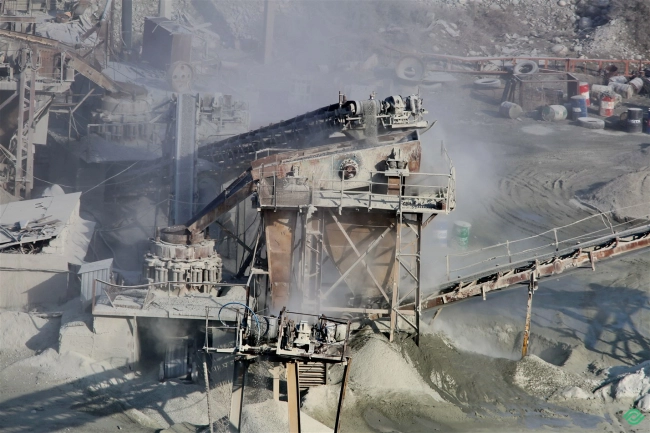



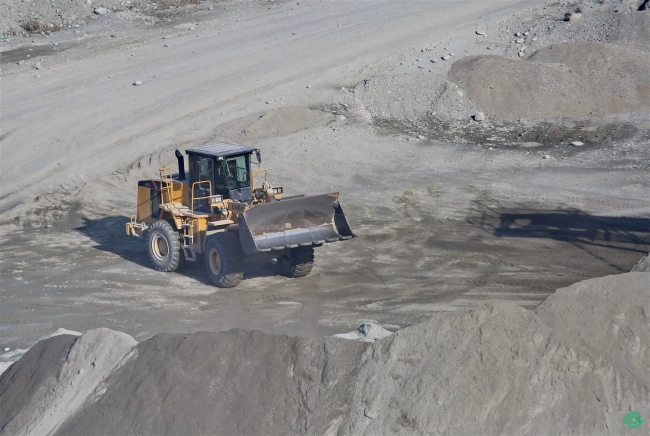

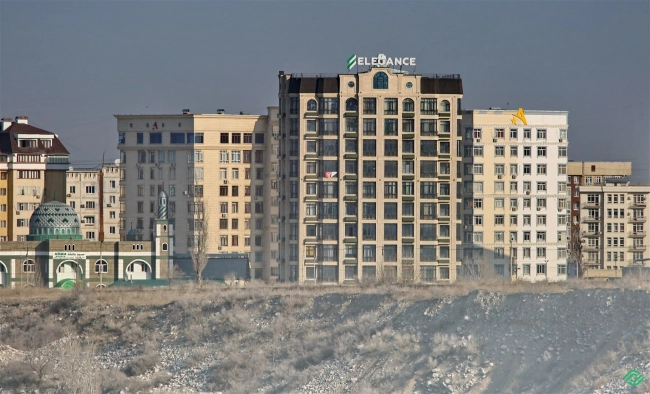

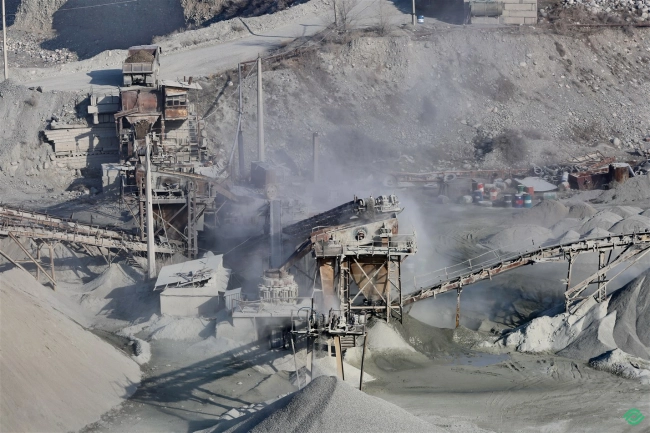
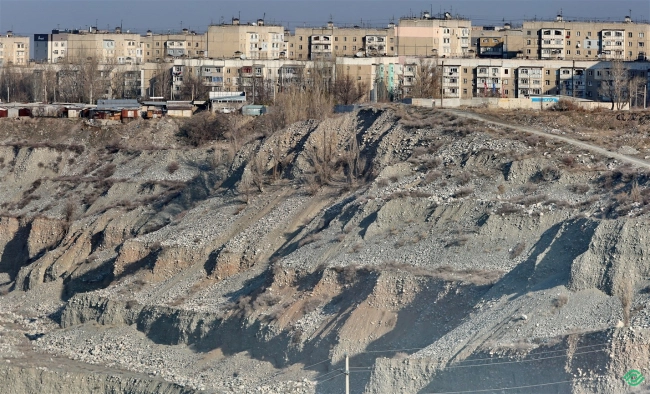

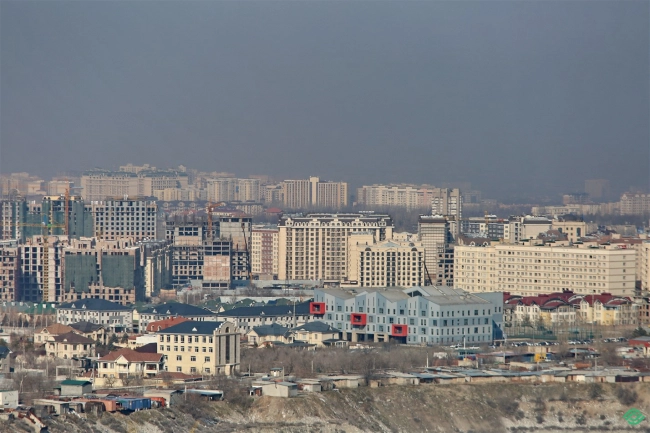
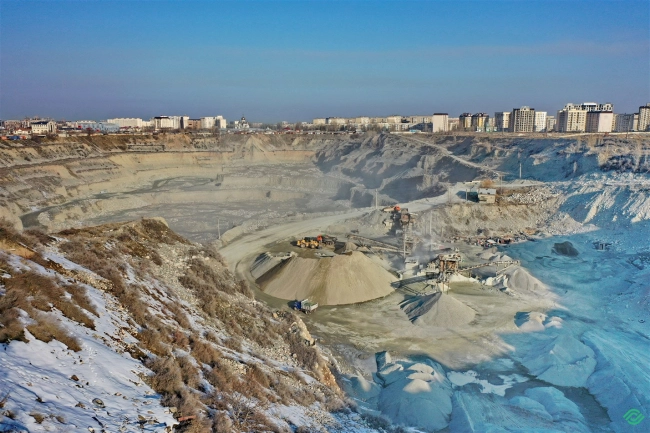
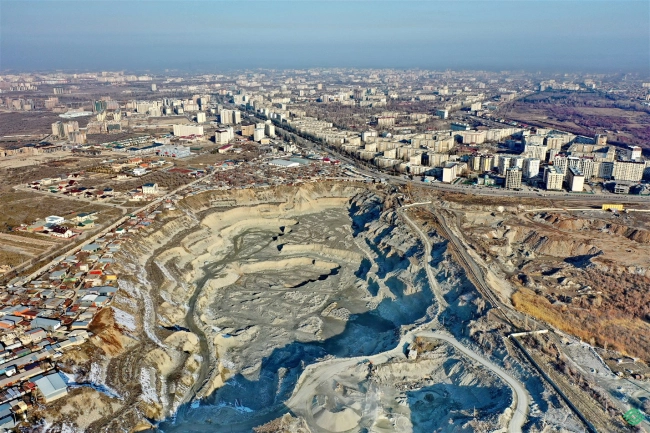
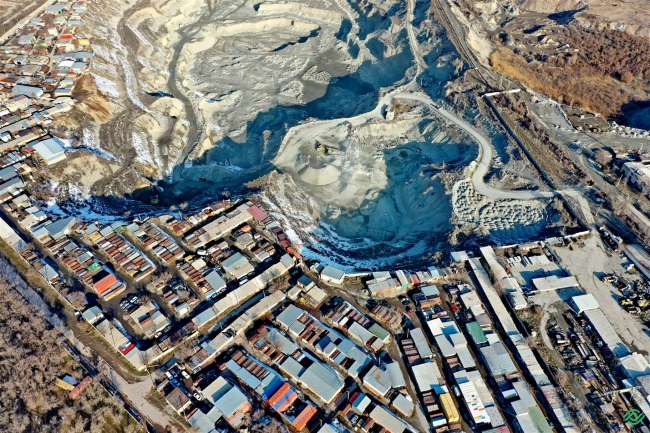
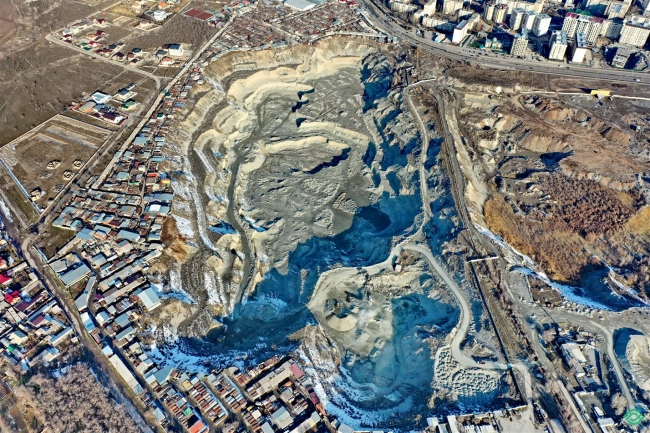
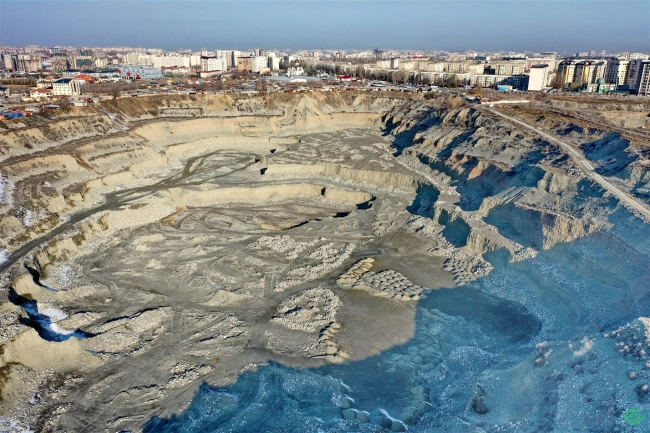

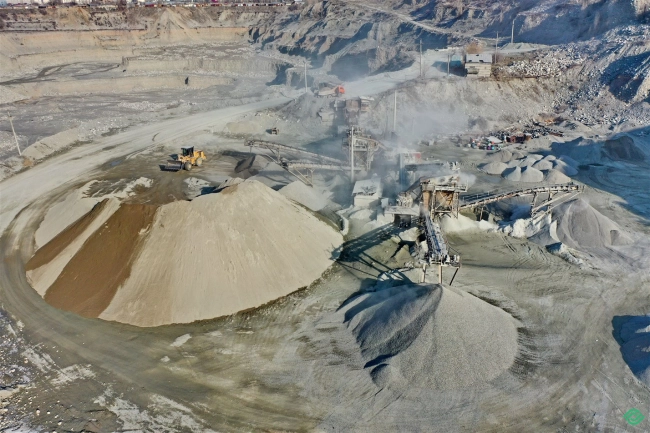


















Attention: Information based on submitted complaints